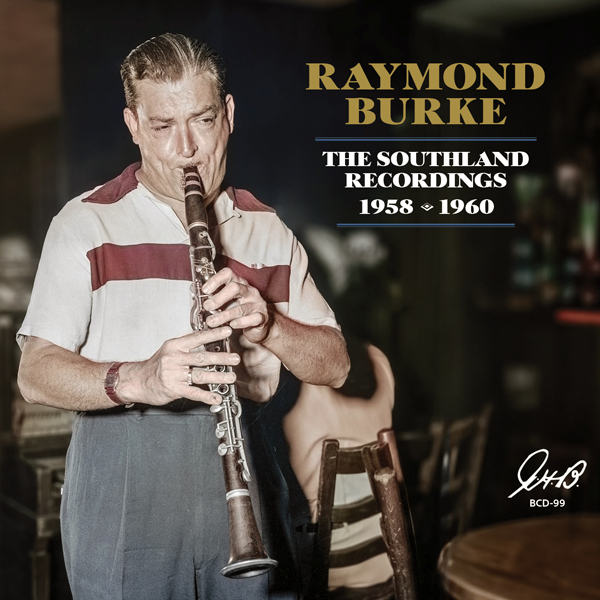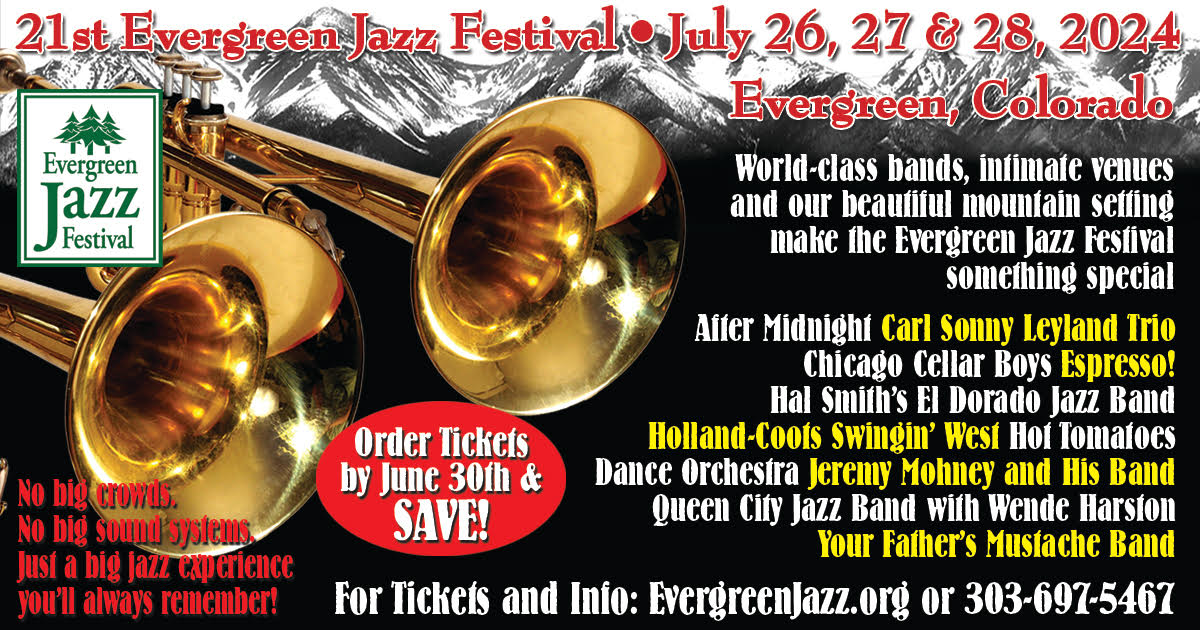 Returning to my notes on an album before writing a review I often find more exclamations than insights but sometimes they point me in the right direction. My notes for Raymond Burke: The Southland Recordings 1958/60 include the exclamation “This is grail stuff!” For once I know exactly what I was getting at. This album feels like a discovery, a peek into a moment you didn’t know you needed to uncover. Bourbon Street in the heyday of the Jazz Revival, with musicians who had been there all along, and still had decades left to play.
Returning to my notes on an album before writing a review I often find more exclamations than insights but sometimes they point me in the right direction. My notes for Raymond Burke: The Southland Recordings 1958/60 include the exclamation “This is grail stuff!” For once I know exactly what I was getting at. This album feels like a discovery, a peek into a moment you didn’t know you needed to uncover. Bourbon Street in the heyday of the Jazz Revival, with musicians who had been there all along, and still had decades left to play.
New Orleans has always stood alone for jazz, not simply as the birthplace or the southern frontier but also as a distinct sound. Jazz headed North but those who never left the city kept it culturally relevant; jazz isn’t folk music, but in New Orleans, it comes close. There is a continuity to find between the Halfway House Orchestra, the Bourbon Street of the post war period represented here, the music of Preservation Hall, and the generation playing Frenchman St. today. One can get picky about White New Orleans styles vs. Black New Orleans styles, but more broadly there is a feel of New Orleans that permeates all of it, a certain happiness, a punch. For what it’s worth even on his 1940s recordings Raymond Burke is heard with a mixed band in the still segregated city.
Raymond Burke (1904-1986) was a life long New Orleanian. He began playing out at 16 on the “ancient looking” Albert System clarinet he used throughout his career. He played with many of the white bands in the city in the 1920s, at parks and other events, and even recorded during one of the earliest recording sessions in the city, though the records were never issued. In the ’30s he was playing dives on Decatur Street as the first winds of revival began to blow across the city. He was recorded from 1937 on by men like Bill Russell and Joe Mares who ran small labels dedicated to the city’s jazz musicians. Later in life he played at Preservation Hall. Most of his recorded legacy is now available from Jazzology.
Joe Mares stayed in New Orleans running the family business as his brother Paul headed off to Chicago with the NORK. That business was the purchase and resale of alligator skins from trappers. About as New Orleans as you can get. He set up a recording studio in his shop and recorded local musicians for 30 years on his Southland label. While occasionally these records found distribution they were primarily for local musicians to sell at shows to a local audience.
Appearing on this album, reverse chronologically, are a session from late 1960, and several sessions from 1958. Ten of the 14 tracks are previously unissued. There are three distinct lineups, with too many names to list. Special mention is given in the notes to Thomas Jefferson, trumpet, Mike Lala, trumpet, Bob Havens, trombone (and on one surprising track vibraphone), and Paul Edwards on drums. All the players have a one-paragraph bio provided, with careers highly concentrated around New Orleans.
The album opens with a striking “Apple Blossom Time” that is so perfect a New Orleans standard I hope to hear the Secret Six play it for me the next time I’m in town. A quick search of Bandcamp yields no results for the title among the younger jazz bands and precious few renditions at all. “Bucket’s Got A Hole In It,” and “Back Home In Indiana” will also please old timers. “Pagan Love Song” is presented as a wild jam—think the Firehouse Five version turned up to 11.
Burke’s clarinet style is unique, punchy, hot, influenced by the early New Orleans greats who headed to Chicago but also his own. Always a local favorite he never received the national recognition among fans that he deserved, but it wasn’t for lack of trying. The New Orleans Jazz Club profiled him and hosted him a number of times in an attempt to increase his national profile.
By the time of these recordings, the Dixieland craze was in full effect. The Dukes, Pete Fountain, and Al Hirt were bringing national attention to a Bourbon Street full of hot jazz. With that in mind a few of the titles seem to be geared toward tourists, there are two takes on “City of a Million Dreams,” separated comfortably by 10 tracks, and a previously unreleased title called “Vieux Carre Parade,” which, despite the allusion to Bourbon Street Parade, may be exclusive to this session. These New Orleans tourist songs, being fresh at the time, have a novelty that still resonates.
Some tracks were recorded for radio broadcast at Dan’s Pier 500, the Bourbon Street club where a young Al Hirt played. Others were recorded in the French Quarter studio of Cosimo Matassa, then churning out hits by Fats Domino. It was a good time to be a musician from New Orleans and Burke, then in his mid-50s was loving every moment. I encourage the young musicians of the Crescent City to explore the albums featuring Raymond Burke available from GHB/Jazzology; this set, from near the middle of his long career, is a great place to start. On other albums you can find him with Billie Pierce, Kid Thomas, Percy Humphrey, Lizzie Miles, Johnny Wiggs, and many others.
The Southland Recordings 1958 &1960
Raymond Burke
Jazzology.com


























